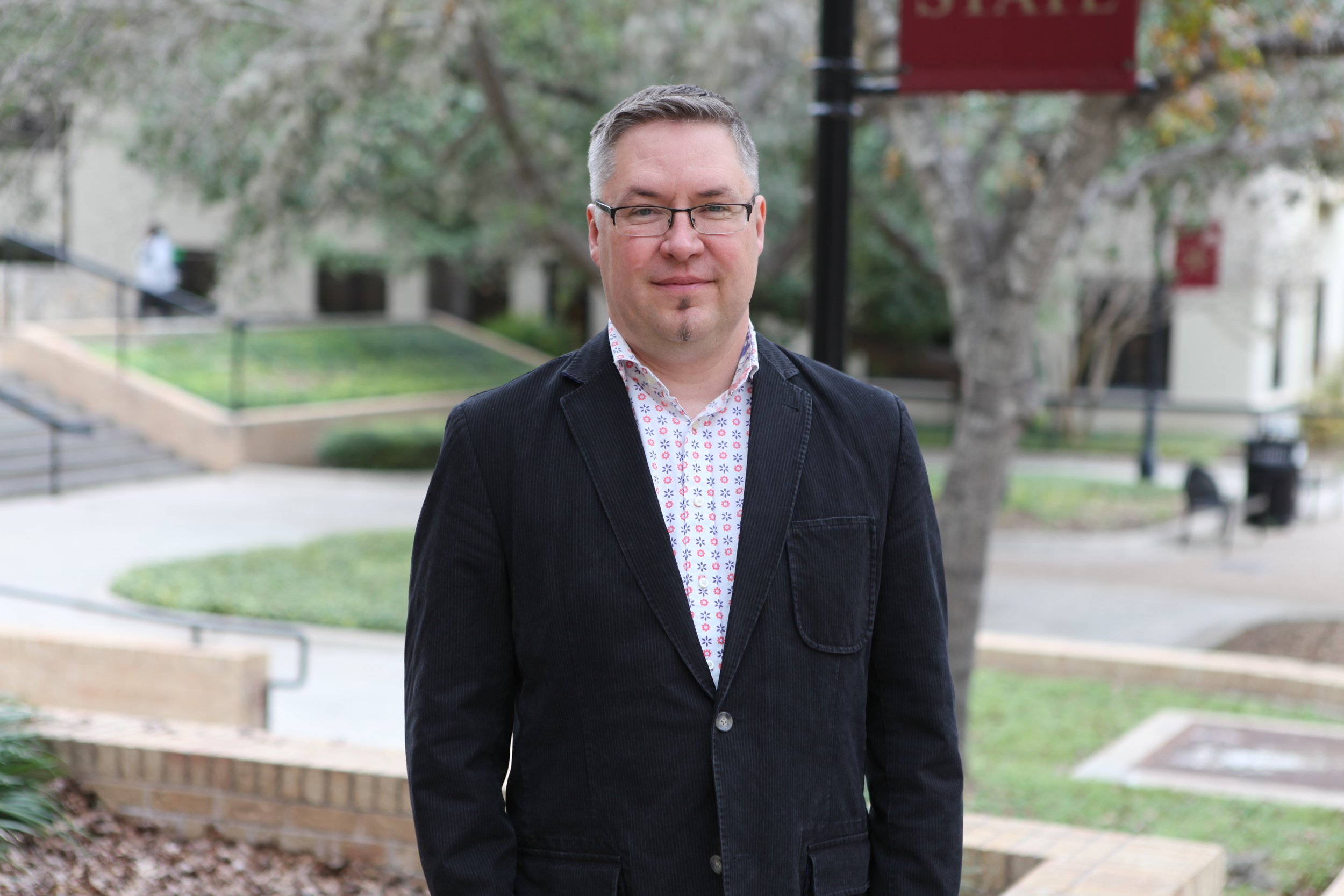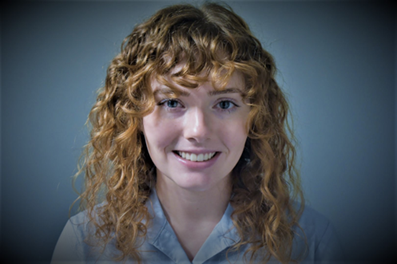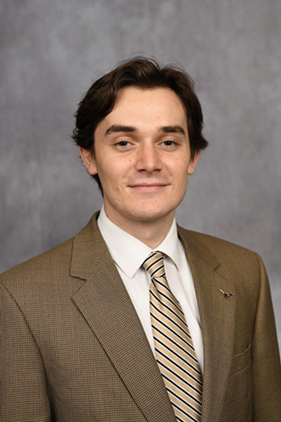David is a senior in the Jackson School of Geosciences Undergraduate Honors Research Program double majoring in Geosystems Engineering and Hydrogeology and Environmental Science, Geology. David was born in Austin and grew up a lifelong Longhorn but spent most of
his life living in Boerne, outside San Antonio. David is working with Professor M. Bayani Cardenas within the Jackson School and their research focuses on measuring the thermochemical properties of Lake Travis and assessing the impact that recent drought and climate change may have had on the behavior and magnitude of lake stratification typically experienced there. David has recently accepted a full-time position within Occidental Petroleum’s Engineering Development Program as a Production Engineer and looks forward to working on projects modernizing the energy industry. Outside of work and education, David is a passionate outdoorsman, reader, and cinephile and is going to particularly enjoy watching Texas beat A&M in the SEC next year.
Abstract:
Lake stratification is an important process affecting the biogeochemical characteristics of inland lakes throughout the year. Lakes play a critical role in supporting inland life across the globe, providing a source of food, drinking water, biodiversity, and shelter to untold organisms and supporting millions of distinct ecosystems across the Earth. Consequently, understanding the stratification patterns of inland lakes is pivotal to understanding the health of nearby ecosystems and communities. Lake Travis, located outside Austin, Texas, is one of seven freshwater reservoirs in Central Texas collectively known as the Highland Lakes and is the sole source of drinking water for the city of Austin. In the face of anthropogenic climate change and worsening drought, a clear understanding of Lake Travis’ seasonal stratification pattern and its reaction to climatic change is needed to protect and preserve the surrounding communities. Vertical profiling of Lake Travis’ temperature, pH, dissolved oxygen, dissolved carbon dioxide, and specific conductivity, and turbidity—achieved via regular scuba dives over a 12-month period from October 2020 to October 2021—revealed that Lake Travis is a monomictic lake, meaning that it experiences a complete turnover only once a year. During stratification, a lake separates into an upper and lower layer, known as the epilimnion and hypolimnion, respectively. Thermal stratification of Lake Travis appears to occur during summer months, from April to November, while a separate chemical stratification appears to occur during the winter turnover period, from December to March. Time series of each chemical data set data show that during stratification, the rate of carbon cycling increases within the hypolimnion, accompanied by an acidification and accumulation of CO 2 . Vertical profiling dives of Lake Travis resumed in February 2023 in order to characterize the lake stratification pattern under severe drought conditions and draw comparisons to the 2020/2021, pre-drought pattern.
Mercedes Jordan











